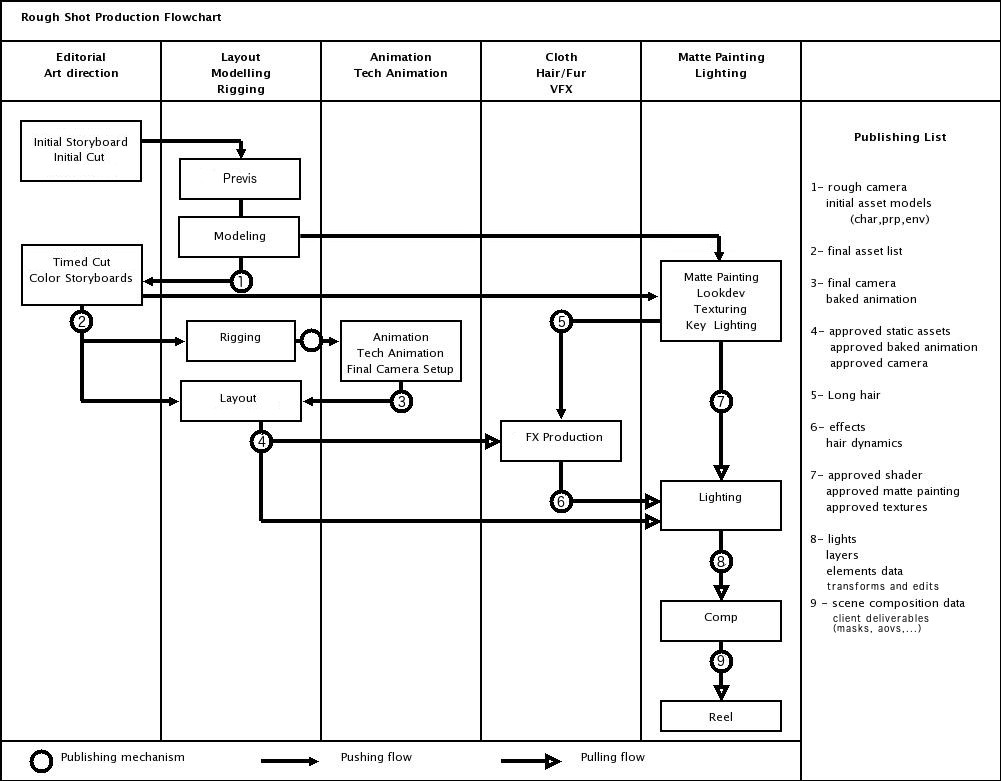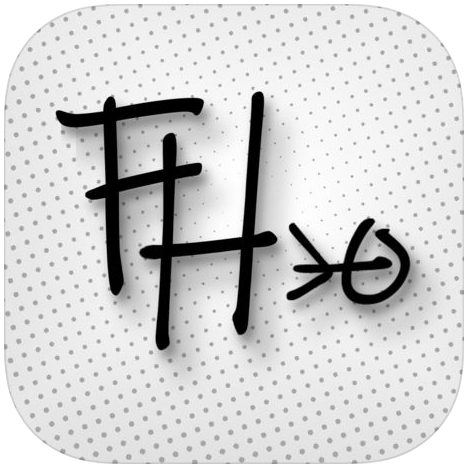Views :
1,162





3Dprinting (172) A.I. (660) animation (334) blender (194) colour (225) commercials (46) composition (150) cool (358) design (627) Featured (65) hardware (302) IOS (109) jokes (134) lighting (278) modeling (116) music (183) photogrammetry (171) photography (744) production (1233) python (84) quotes (485) reference (305) software (1319) trailers (295) ves (522) VR (219)
Year: 2018
-
-
Simon Sinek’s about social addition apps and success
One of The Most Eye Opening Videos
Simon Sinek on Millennials in the Workplace
Simon Sinek: CHANGE YOUR FUTURE
-
-
Optical illusions help understand how we see
Our senses are not fragile otherwise we wouldnt be here…
The brain did not evolve to see the world the way it is but the way it was useful to see it.
-
Dr. Bruce Lipton Explains how we are programmed in the first 7 years and how to improve afterwards through repetition
Practice effectively
Great players don’t get better, they get more consistent.
Quincy Jones says: Knowing where u come from makes it easier to get where you going.
COLLECTIONS
| Featured AI
| Design And Composition
| Explore posts
POPULAR SEARCHES
unreal | pipeline | virtual production | free | learn | photoshop | 360 | macro | google | nvidia | resolution | open source | hdri | real-time | photography basics | nuke
FEATURED POSTS
-
Photography basics: Exposure Value vs Photographic Exposure vs Il/Luminance vs Pixel luminance measurements
-
Python and TCL: Tips and Tricks for Foundry Nuke
-
Gamma correction
-
Types of Film Lights and their efficiency – CRI, Color Temperature and Luminous Efficacy
-
QR code logos
-
Eddie Yoon – There’s a big misconception about AI creative
-
Most common ways to smooth 3D prints
-
Godot Cheat Sheets
Social Links
DISCLAIMER – Links and images on this website may be protected by the respective owners’ copyright. All data submitted by users through this site shall be treated as freely available to share.


